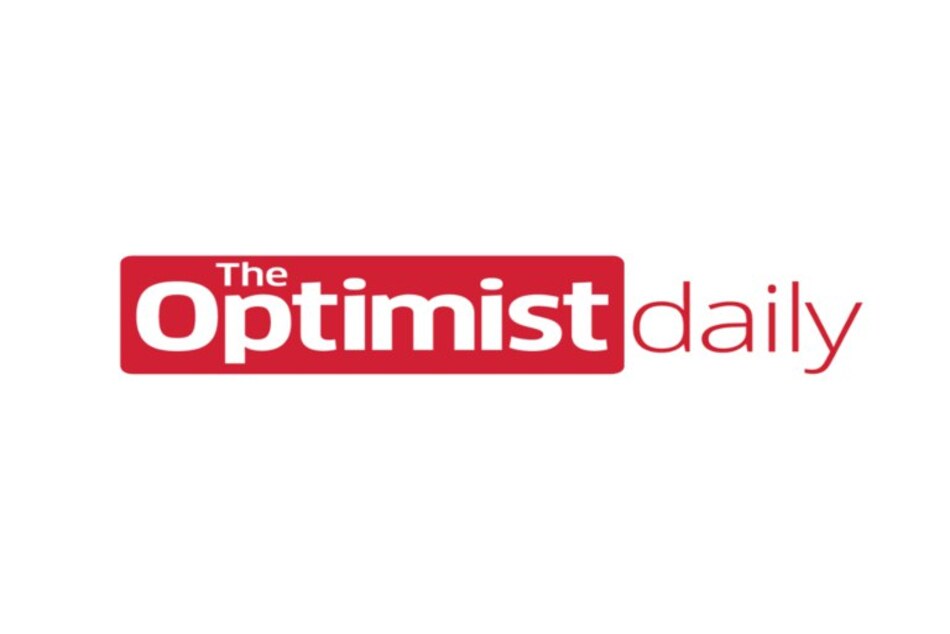The U.S. Space Force has chosen its winners of this year’s Hyperspace Challenge. The idea of the competition, which started in 2018, is to develop technology that can be applied to or solve problems in the space domain. The start-ups and universities who come up with the best ideas receive prize money and government mentorship to allow their creative vision to become a reality.
Startup Winners
In first place is California-based startup Varda Space Industries, Inc. with their solution to challenges facing rocket cargos. Currently, these capsules are too heavy to be efficient, but Varda Space Industries’ technology provides an affordable solution to this. The idea borrows from NASA’s preexisting designs and tweaks them to output a system which is more energy efficient and affordable.
SCOUT, a startup from Virginia, was this year’s runner up. Their idea provides a better space situational awareness system named SCOUT-Vision. Composed of a space-based optical sensor and computer system, this idea has the potential to revolutionize collision avoidance and in-space object detection.
Neutron Star Systems Corporation from Cologne, Germany came in third. The basis of their idea was improving the efficiency and flexibility of satellite capabilities. These include improving methods of refueling, decommissioning, and debris removal.
University Winners
The team from Stevens Institute of Technology took the gold in this pool of competitors. AI-driven computer programs are the base of this idea, which could be applied to emergency response protocols. With the number of objects in space growing, it is becoming more of a challenge to safely avoid them. This novel idea from the group increases the speed and accuracy of hazard spotting.
The ecosystem of satellite debris was tackled with the runner up SUNY Polytechnic Institute in New York. Their idea is to build computer brains to automate satellite on-orbit servicing and construction. In turn, allowing for a more sustainable satellite space by potentially reducing debris.
In third place was Texas State University with their idea for the use of ZBLAN, a type of heavy-metal fluoride, glass. The team proposes its use in telecommunications, transmission, and sensors for a cheaper and more powerful alternative.











